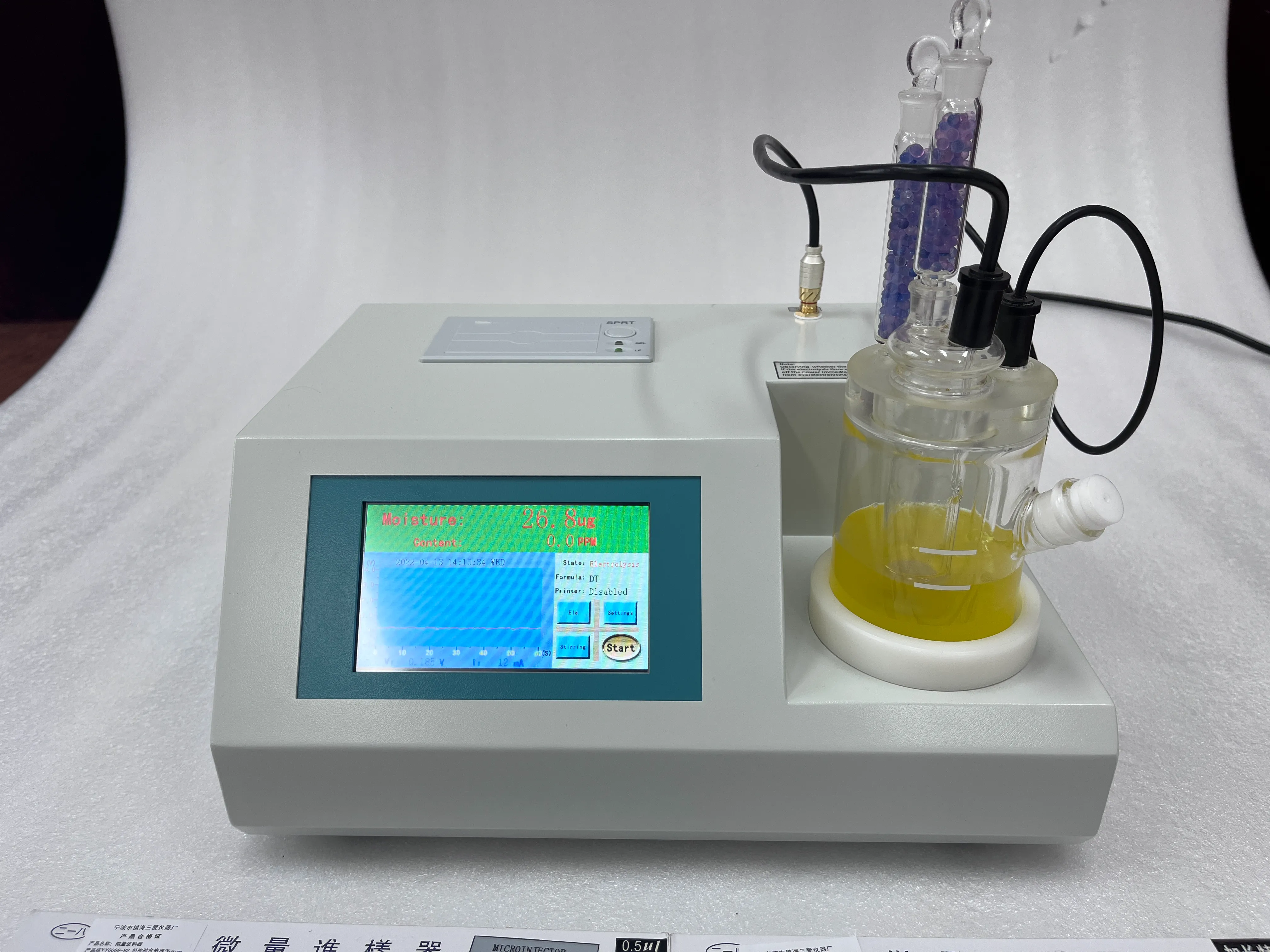 English
English


Evaluation of CDF Test Procedures for Assessing the Performance of Power Transformers
C&DF Test of Power Transformer Understanding the Fundamental Aspects
Power transformers play a critical role in electrical power systems, serving as the vital link between generation, transmission, and distribution networks. The need for reliable and efficient performance has led to the development of various diagnostic tests, among which the Capacitance and Dissipation Factor (C&DF) test is particularly significant. This article aims to elucidate the principles behind the C&DF test, its importance, and its application in assessing the health of power transformers.
Overview of the C&DF Test
The C&DF test involves measuring the capacitance and the dissipation factor of a power transformer's insulation system, typically the bushings and the transformer itself. These measurements provide insights into the condition of the insulating materials used within the transformer, which can degrade over time due to electrical, thermal, and environmental stresses.
1. Capacitance Measurement The capacitance test assesses the transformer’s ability to store electrical energy within its insulation medium. High capacitance values can indicate increased moisture content or deterioration, while low values may suggest air gaps or structural defects.
2. Dissipation Factor Measurement The dissipation factor, also known as the power factor, represents the loss of energy within the insulating material. A higher dissipation factor signifies greater energy loss, which can indicate aging, contamination, or other insulation defects. The dissipation factor provides a direct correlation with the dielectric losses occurring within the transformer.
Importance of the C&DF Test
The significance of the C&DF test in the maintenance of power transformers cannot be overstated. Here are some key reasons why this test is pivotal
1. Condition Assessment The C&DF test acts as a diagnostic tool, helping engineers and maintenance teams evaluate the current condition of a transformer. By identifying potential insulation failures early, proactive measures can be taken to avoid catastrophic failures.
c&df test of power transformer

3. Safety Assurance Power transformers operate under high electrical stress, and any compromise in insulation can lead to dangerous failures. The C&DF test serves as a preventive measure to ensure that transformers operate safely and effectively.
4. Cost Efficiency By utilizing the C&DF test as part of routine maintenance, utilities can prevent unplanned outages and the associated costs. Predictive maintenance strategies informed by test results lead to considerable savings over time.
Application of the C&DF Test
The C&DF test is typically conducted during routine maintenance checks, as well as before commissioning new transformers. The process involves isolating the transformer from the grid and applying a voltage to measure the capacitance and dissipation factor. The results are analyzed against industry standards and historical data to determine the health of the insulation system.
Additionally, the test can be performed under various temperature conditions to evaluate how environmental factors influence the transformer's dielectric properties. This is particularly useful in preparing transformers for different operational environments.
Conclusion
The Capacitance and Dissipation Factor test is an indispensable tool in the maintenance of power transformers, providing critical information about insulation health and overall transformer condition. As electrical grids continue to evolve and expand, the need for reliable power transformers underscores the importance of regular testing and monitoring. Adopting comprehensive testing protocols like the C&DF test not only enhances safety and reliability but also promotes the longevity and efficiency of critical electrical infrastructure. Investing in such diagnostic measures is a proactive approach to ensuring the stable and secure operation of power systems worldwide.
-
Differences between open cup flash point tester and closed cup flash point testerNewsOct.31,2024
-
The Reliable Load Tap ChangerNewsOct.23,2024
-
The Essential Guide to Hipot TestersNewsOct.23,2024
-
The Digital Insulation TesterNewsOct.23,2024
-
The Best Earth Loop Impedance Tester for SaleNewsOct.23,2024
-
Tan Delta Tester--The Essential Tool for Electrical Insulation TestingNewsOct.23,2024





